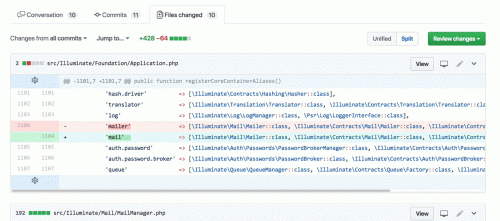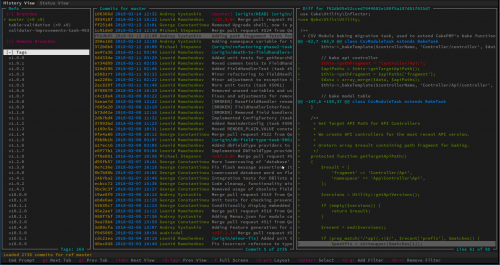Collaborative editing is a very challenging subject, technically speaking. The old days of users editing a file, sending it to another user, and back are long gone. Version control tools like git helped with tracking changes and resolving conflicts. But the newer generation of tools – Google Docs for example – push the bar even higher. Now many users expect real-time, transparent collaborative tools, which allow multiple users to work on the same document at the same time and without any additional technical complexity.
Automerge is one project that helps the developers to build such collaborative tools, by providing a library of JSON-like data structures, which can be edited in parallel and then merged back together.
Automerge […] supports automatic syncing and merging:
- You can have a copy of the application state locally on several devices (which may belong to the same user, or to different users). Each user can independently update the application state on their local device, even while offline, and save the state to local disk.(Similar to git, which allows you to edit files and commit changes offline.)
- When a network connection is available, Automerge figures out which changes need to be synced from one device to another, and brings them into the same state.(Similar to git, which lets you push your own changes, and pull changes from other developers, when you are online.)
- If the state was concurrently changed on different devices, Automerge automatically merges the changes together cleanly, so that everybody ends up in the same state, and no changes are lost.(Different from git: no merge conflicts to resolve!)

